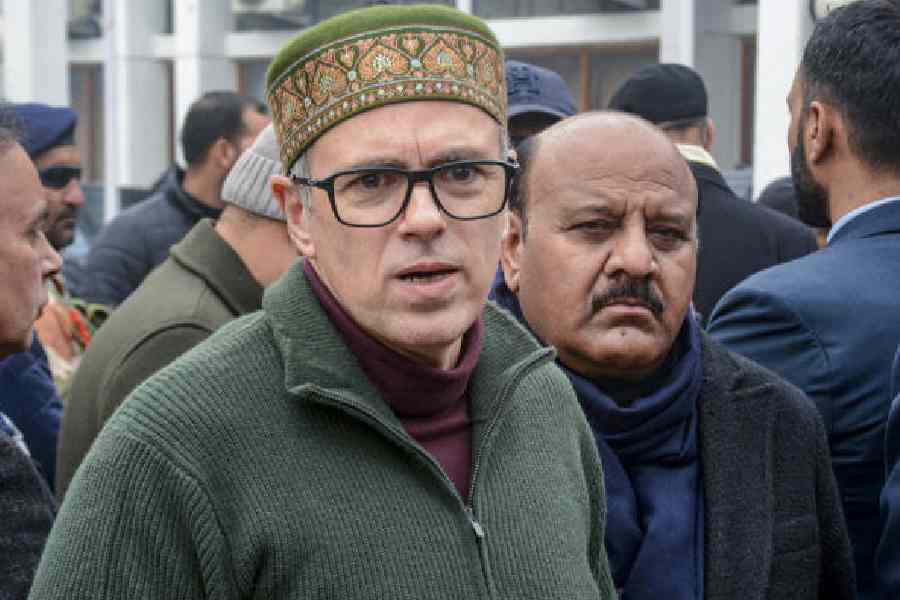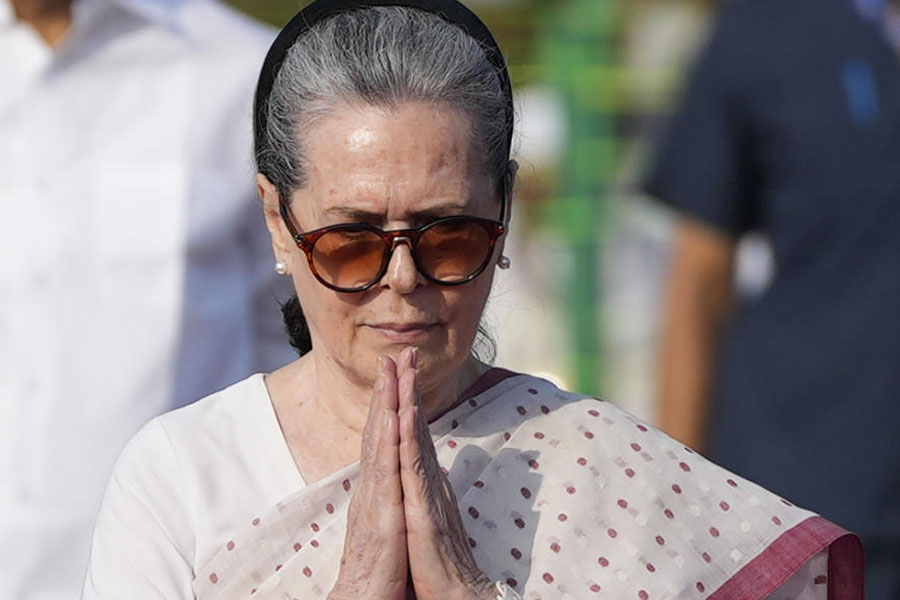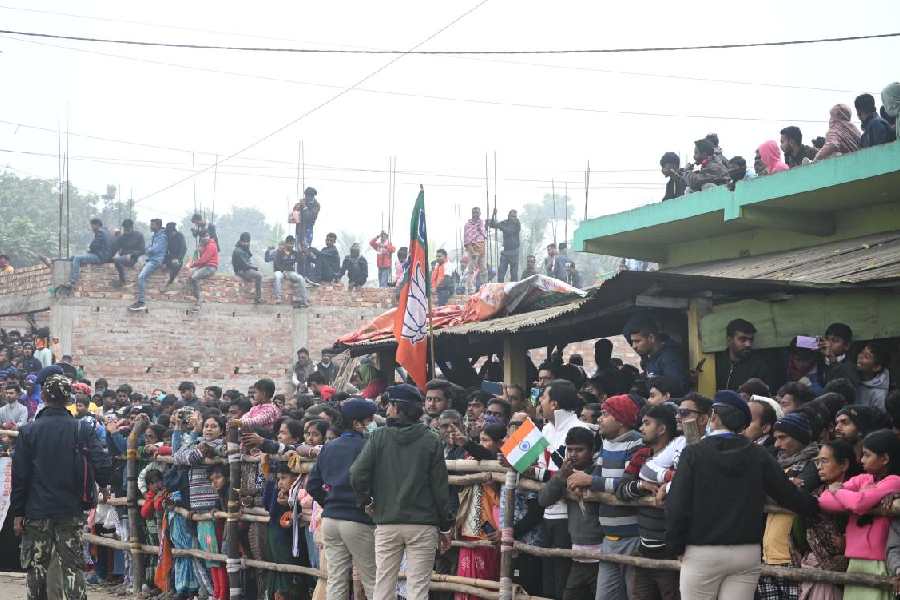 |
| A girl uses a tube to cross a flooded Ranipur Chakiya Bagicha area in Patna City on Friday. Picture by Sachin |
Patna, Sept. 30: Timely entry of monsoon and heavy precipitation in the finale proved favourable for Bihar, as after two consecutive droughts, the state has attained the “normal monsoon” tag this year.
Patna Met department officially confirmed today that the state has received 3 per cent surplus rainfall during the course of southwest monsoon between June 1 and September 30.
“Initially, the long range forecast for south-west monsoon in June predicted normal rainfall in the state. But later, modified forecast in August had indicated less than normal rainfall. However, I am glad that the state has actually received 1,057.6mm rainfall that is 3 per cent more than the expected average rainfall of 1,024.1mm,” said Animesh Chanda, director of Patna Met department.
The rain-bearing winds had entered the eastern parts of the state on June 15 and by June 17 it covered the entire state. Most parts of the state have received good rainfall during this year’s monsoon, as 13 districts have received surplus rainfall (more than 19 per cent of normal average rainfall), 21 districts have received average rainfall and only four districts have received deficient rainfall (less than 19 per cent of normal average rainfall).
Abdul Sattar, the assistant professor of meteorology at Rajendra Agriculture University (RAU), Pusa, acknowledged the normal rainfall in Bihar and claimed good paddy a result.
“The monsoon remained normal this year. However, frequency of heavy rainfall was higher in comparison to those in the previous years. Especially, the heavy precipitation in the last week of September across the entire state was a major feature of this year’s monsoon. However, another important feature of this year’s monsoon was the dry spell that prevailed during booting and panicle initiation stage of paddy crops. Normally, the booting and panicle initiation stage comes after 60-65 days of transplantation, which is around the second week of September. This caused excessive water stress on the standing crops. However, the monsoon recovered pretty well and thus there would be normal paddy production this year,” said Sattar.










